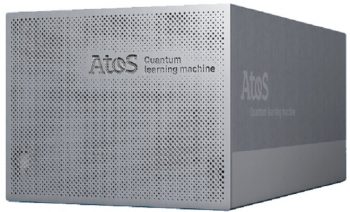myQLM, derived from Atos QLM simulator, is a python programming language environment for developing and simulating quantum programs

Atos, a global leader in digital transformation, announced a new program – myQLM that can provide students, researchers and developers quantum programming tools for free.
With the introduction of myQLM, the company is focusing to democratise access to quantum simulation and boost innovation in the quantum computing.
Eighteen months back, Atos has introduced Atos Quantum Learning Machine – the world’s highest-performing quantum simulator that is capable of simulating up to 41 quantum bits (Qubits). The company continues to innovate in the area of quantum computing by allowing the Atos QLM user ecosystems to create quantum algorithms autonomously.
Key features
myQLM, derived from Atos QLM simulator, is a python programming language environment for developing and simulating quantum programs on user’s own desktop. The program includes:
- The distribution of myQLM software to Atos QLM customers and end-users. They will be able to program in Atos Quantum Assembly Language (AQASM) and pyAQSM languages and test their programs through digital simulation on their own computers.
- The possibility to run programs developed with myQLM on a real Atos QLM appliance through a dedicated portal with access fees.
- A myQLM user-led community for sharing best practice, exchange of libraries and quantum application codes and collaborative support.
- Interoperability with other quantum computing frameworks. Atos ensures openness and interoperability by providing open source translators from myQLM to other main quantum programming environments.
Speaking about program, Thierry Breton, Chairman and CEO, Atos, said, “With myQLM, we are taking a new step forward in the field of quantum computing. Offering free access to quantum programming and testing to researchers, students and developers will democratise the use of quantum simulation and help expand the overall reach of quantum computing, a technology which will shape the future of computing for years to come.”











































































